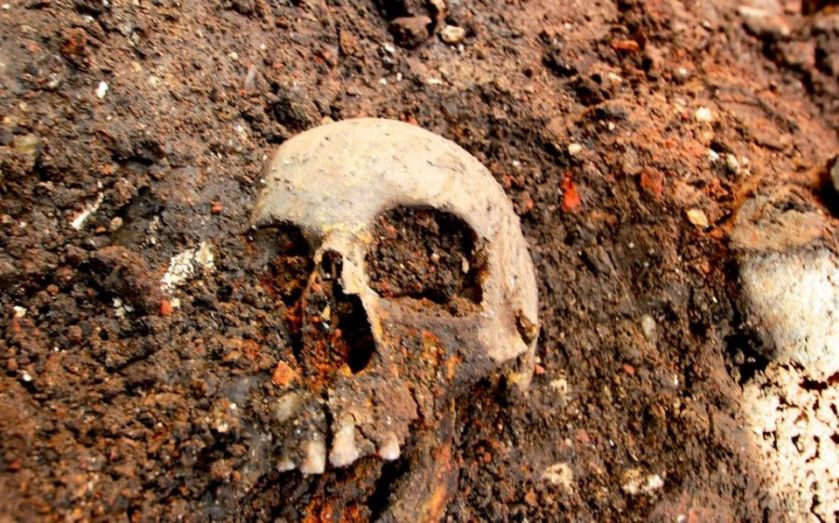Crossrail to excavate 3,000 16th century skeletons including plague victims and former Lord Mayor

A reputed rapist and black magic advocate who was murdered by an angry mob. Victims of the plague. A former Lord Mayor of London. These are just a handful of the people buried under Liverpool Street, whose remains are being unearthed as part of the Crossrail project.
More than 5,000 people buried in what was the infamous Bedlam burial ground have been identified, and in March around 3,000 skeletons will be excavated as part of a Crossrail-led research project.
The names of some of those identified through records from the 16th and 17th centuries have been released. They include Dr John Lamb, also known as Lam or Lambe, who was an astrologist and adviser to the First Duke of Buckingham. He is thought to have been stoned to death by an angry mob following allegations of rape and black magic.
Another is Sir Ambrose Nicholas, who was Lord Mayor of London in 1575.
Given that the burial ground was created in 1569 to help deal with outbreaks of the plague, it's unsurprising that this is how many of the skeletons' owners met their maker. Crossrail workers recently discovered the gravestone of Mary Godfree who died in September 1665, as a result of the Great Plague, which peaked that year.
They have also identified victims of riots by ‘Fanatiques,’ described by Samuel Pepys in January 1661.
Excavation will begin in March and scientific analysis is hoped to provide further insights into the life and death of early modern Londoners. The dig is also expected to uncover medieval and Roman artefacts.
Jay Carver, lead archaeologist at Crossrail, said: “This research is a window into one of the most turbulent periods of London’s past.
“These people lived through civil wars, the Restoration, Shakespeare’s plays, the birth of modern industry, plague and the Great Fire. It is a real privilege to be able to use Europe’s largest construction project to uncover more knowledge about this fascinating period of history.
“Our heartfelt thanks go to the volunteer researchers, who have contributed immensely to Crossrail’s legacy.”
After excavation the skeletons will be reburied on consecrated ground.